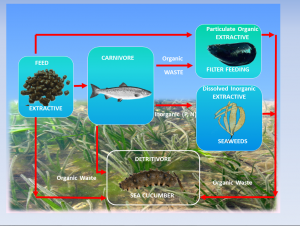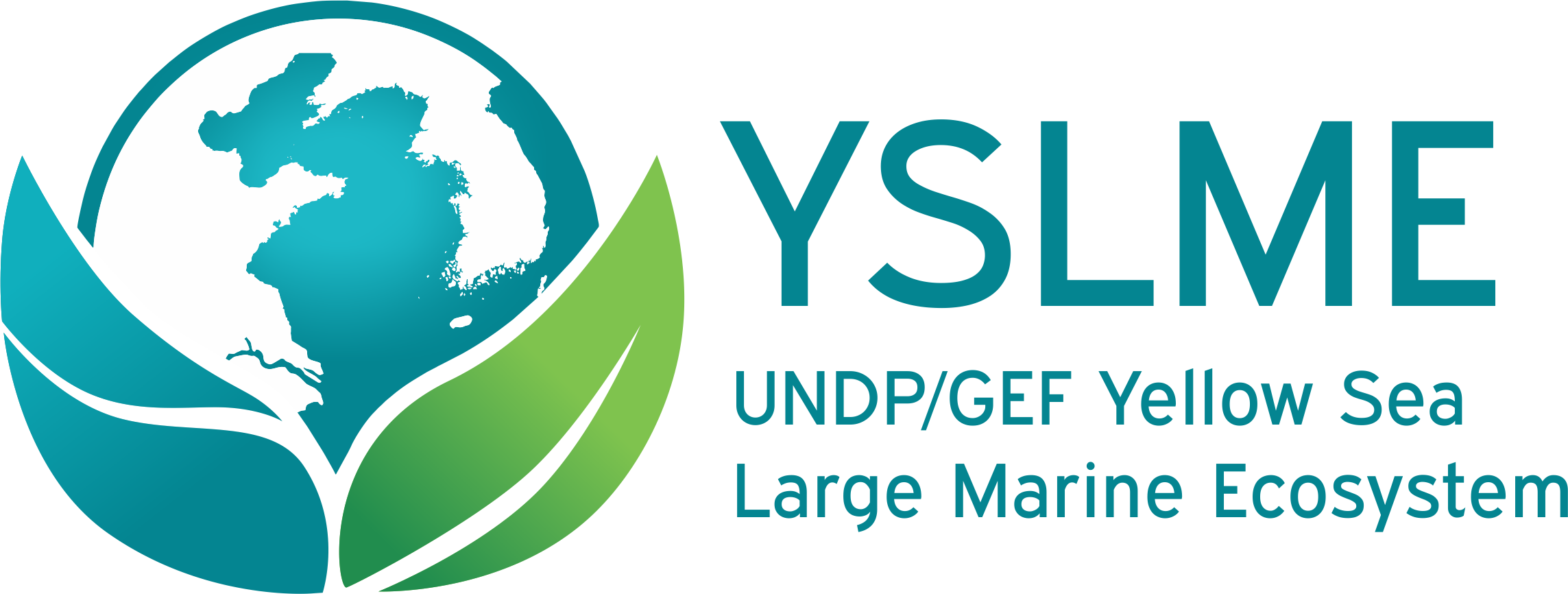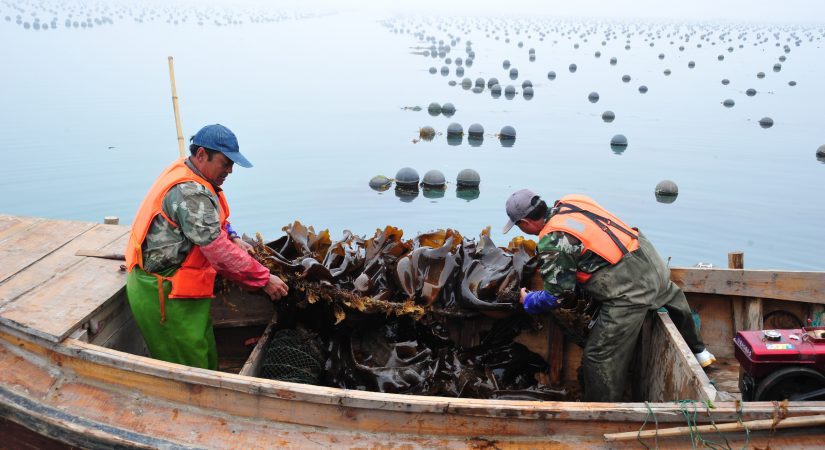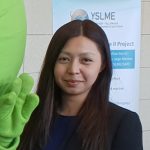The Yellow Sea faces many challenges from decreasing fish populations, algal blooms and habitat loss to climate change. A small fishing village in Shandong Province, PR China, shows that a solution exists which can help fisheries recover while benefitting local communities in an environmentally sustainable way.
PR China and RO Korea are trying to bring fish populations back in the Yellow Sea to a sustainable level in a variety of ways including through closed seasons, fishing boat buyback schemes, restoring spawning and nursery grounds and setting up marine protected areas.
Turning to aquaculture has been another solution to satisfy growing seafood demand while fish stocks plummet worldwide. But this has been a mixed blessing because standard monoculture fish farming releases large amounts of organic waste, from uneaten fish food and fish faeces, into surrounding environments which can cause eutrophication or dead zones where no aquatic life are able to survive.
Nevertheless, the aquaculture industry is expected to grow over the next decade and account for about 60% of global seafood consumption.
A solution for the Yellow Sea: Integrated Multi-Trophic Aquaculture
Luckily, there is an alternative approach called Integrated Multi-Trophic Aquaculture (IMTA) which could set the Yellow Sea and other Large Marine Ecosystems on an economically viable yet sustainable path for blue and green growth.
So what is involved? Under IMTA, species from different trophic levels are grown together in a way that not only produces food but also ensures that nutrients arising from fish farms are recycled naturally. IMTA not only closes the nutrient loop but also sequesters carbon and increases the incomes of coastal communities.

How IMTA works @YSFRI
There is more than enough evidence that IMTA makes economic, social and environmental sense. The Yellow Sea Fisheries Research Institute (YSFRI) of the Chinese Academy of Fishery Sciences found that the total annual value per hectare of kelp and abalone grown through IMTA is 3-4x higher than the combined value of producing kelp and scallop as individual monocultures. Other studies of IMTA in areas beyond the Yellow Sea by RO Korea’s National Institute of Fishery Science (NIFS) on IMTA showed that sea cucumber grew 2.7x faster, the survival rate of Korean rockfish increased by 33.4% (from 56.8% to 90.5%) and no fish disease was recorded compared to a 40% rate of disease in rockfish monocultures.
Blue seas provide more and better opportunities
The small fishing village of Dongchu Village in PR China has seen the positive impact of IMTA. This activity provides 300 seasonal jobs while maintaining first class water quality. Successful IMTA has also opened up tourism potential because the village now has about 15,000 visitors each year who find environmentally friendly seafood, find accommodation with local women running household hotels, see locally unique thatched cottage houses and who generally come to enjoy the unique beauty of the Yellow Sea.
But some science is needed to ensure IMTA works. Mr. Wang Junwei, head of Dongchu Village said they experienced some financial losses in the 1990’s because they ignored the advice of YSFRI scientists. After this lesson, they began to fully apply IMTA over 13,000 ha and now have an annual production of 80,000 MT dry kelp, 2,000 MT fresh abalone, 120,000 MT fresh oyster, 10,000 MT fresh scallop, 100 MT fish and 50 MT sea cucumber.
“A key for successful IMTA is to understand the carrying capacity of farmed species which are able to grow in a particular area.” Dr. Fang Jianguang, Research Scientist, YSFRI
Scaling up IMTA across the Yellow and other Seas
IMTA has so many positive aspects, and considering that Asia accounts for over 80% of world aquaculture production and over 80% of fishers and fish farmers, there is especially great potential to scale up IMTA across the region.
This is why UNDP and GEF is supporting the development of training modules and good IMTA practices based on experiences and knowledge gained from PR China and RO Korea. But success will also require engaging service providers, building partnerships with supply chains, linking with policy makers, engaging with customers, and finding access to financing through investors. The UNDP/GEF YSLME Phase II Project will also help develop an IMTA promotion plan across Shandong Province which currently produces 5 million MT of aquaculture products each year.
As global seafood consumption increases and fish populations keep plummeting around the world, IMTA offers the mariculture sector a chance to be environmentally sustainable while enhancing local livelihoods.











